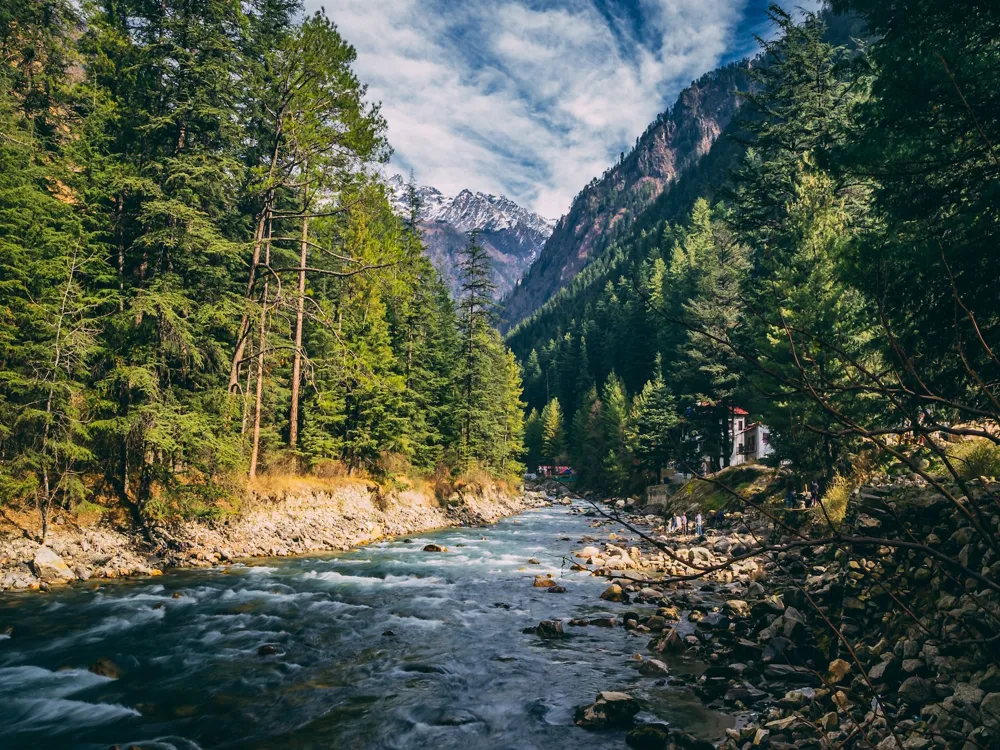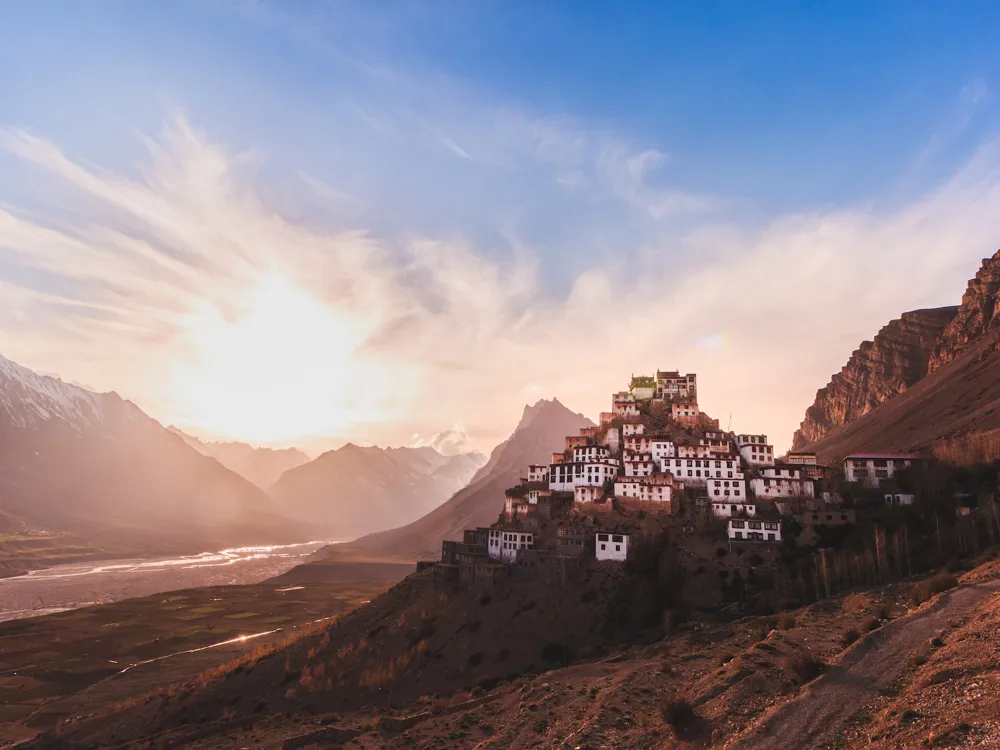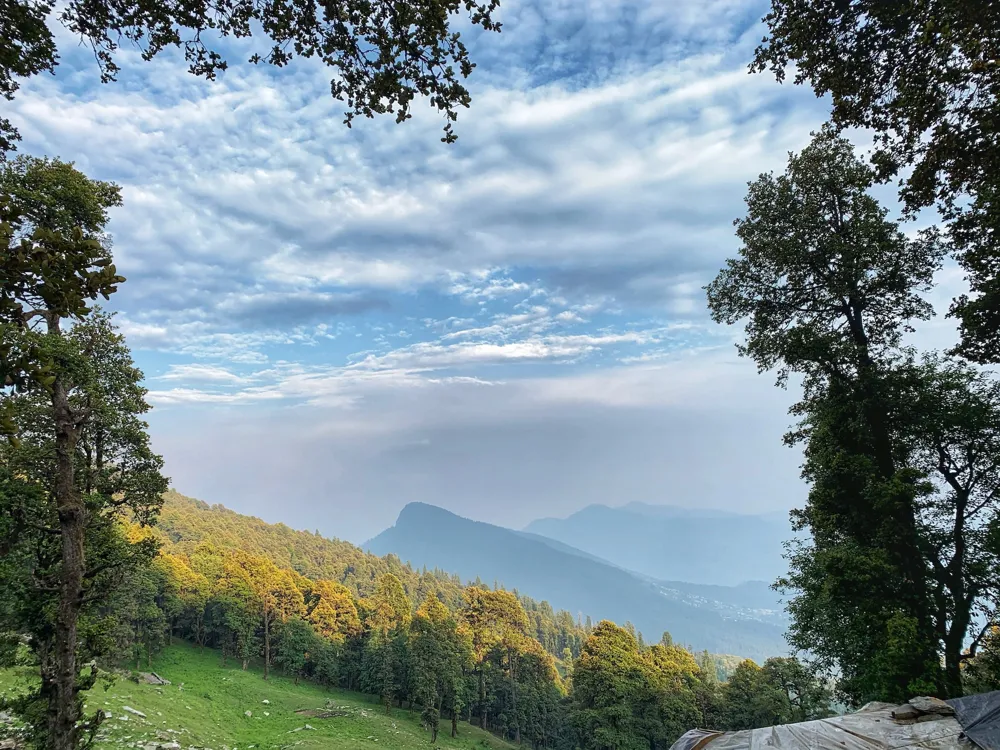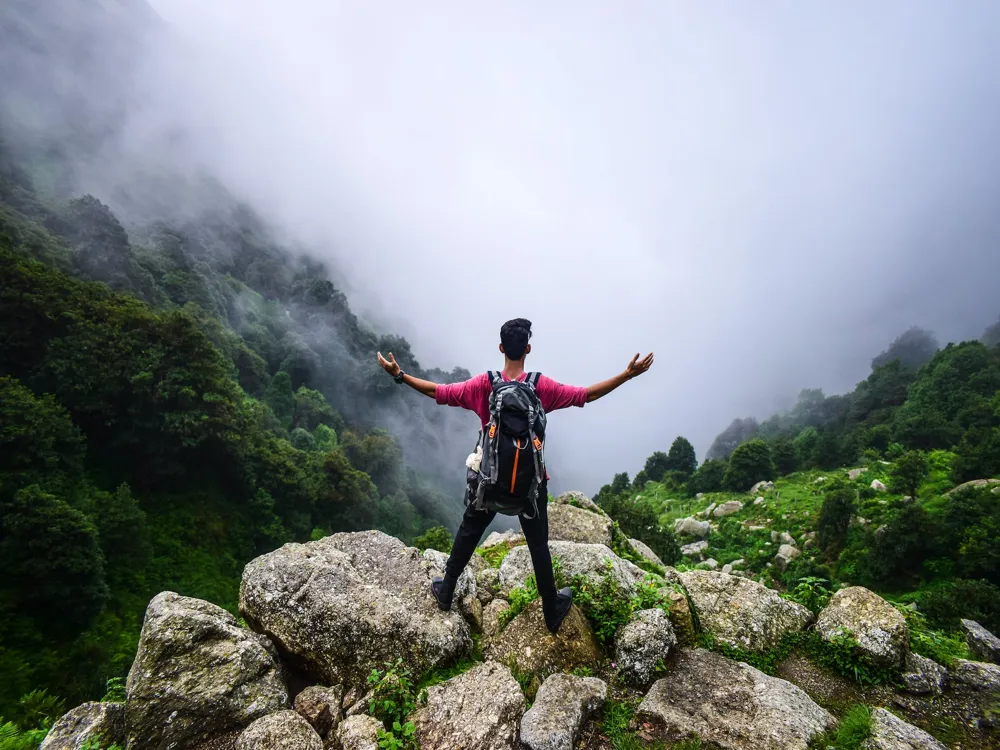Manikaran, nestled in the heart of the Parvati Valley in Himachal Pradesh, is a destination of both religious significance and natural beauty. The Manikaran Hot Springs, located in the small town of Kasol, are famed for their therapeutic properties and mythological importance. This remarkable natural wonder attracts thousands of visitors annually, ranging from spiritual seekers to adventure enthusiasts. The hot springs are situated along the Parvati River, surrounded by the majestic Himalayas. Their location adds to the serene and surreal experience of the visitors. The water in these springs is rich in sulphur, lending it healing properties, particularly beneficial for ailments like arthritis and muscular pains. Moreover, the unique feature of the Manikaran Hot Springs is the boiling temperature of the water, which is hot enough to cook food directly in it, a practice commonly seen by the local inhabitants and pilgrims. The significance of Manikaran Hot Springs is deeply rooted in Hindu and Sikh mythology. According to legends, it is believed that Manu, the Hindu lawgiver, recreated human life in Manikaran after the great flood, making it a sacred area. In Sikh history, it is said that Guru Nanak Dev Ji, the founder of Sikhism, visited this place with his disciples. The local legends and historical anecdotes contribute to the spiritual aura of the hot springs, making them a revered site for pilgrims. The architecture of Manikaran Hot Springs is a confluence of natural wonders and human-made structures, creating an enchanting and spiritual atmosphere. The primary architectural feature of this location is the presence of various temples and a gurudwara that reflect the religious diversity and cultural heritage of India. The temples in Manikaran, dedicated to Hindu deities like Lord Rama, Vishnu, and Krishna, are built in the traditional Himachali style. These structures are characterized by intricate wood carvings, sloping roofs, and ornate facades, blending seamlessly with the natural landscape. The architecture is not only a testament to the artistic skills of the local craftsmen but also reflects the historical and cultural significance of the region. The Manikaran Gurudwara, a prominent Sikh place of worship, stands as a symbol of harmony and spirituality. Its architecture, featuring white marble, domes, and a gold-plated façade, creates a striking contrast against the lush green backdrop of the Himalayas. The interiors of the gurudwara are as impressive, with large halls for prayer and community kitchens, known as 'Langars', that serve free meals to all visitors, irrespective of their religion or background. The ideal time to visit Manikaran Hot Springs is between October and June, when the weather is pleasant and conducive for sightseeing. During the winter, the contrast of the hot springs against the snowy landscape is a mesmerizing sight. Visitors are encouraged to respect the local customs and traditions. Dress modestly, especially when visiting the religious sites, and be mindful of the sentiments of the local population. Due to the high altitude and sulphur content in the water, it is advisable for visitors with respiratory or skin issues to consult a doctor before taking a dip in the hot springs. There are various accommodation options in Manikaran, ranging from budget guesthouses to luxurious hotels. Booking in advance is recommended, especially during peak seasons. Don’t miss out on the local Himachali cuisine, which is a blend of Indian and Tibetan flavors. Dishes like Siddu, Babru, and Thukpa are must-tries. Reaching Manikaran Hot Springs is a journey through scenic landscapes and vibrant local cultures. The nearest airport is in Bhuntar, approximately 35 kilometers from Manikaran. Visitors can take a taxi or local bus from the airport to reach Manikaran. For those traveling by train, the nearest railway station is in Joginder Nagar, from where taxis and buses are available to Manikaran. Additionally, the town is well-connected by road with major cities like Delhi, Chandigarh, and Shimla, offering a beautiful drive through the mountains. Read moreOverview of Manikaran Hot Springs in Kasol, Himachal Pradesh
Architecture of Manikaran Hot Springs
Tips for Visiting Manikaran Hot Springs
Best Time to Visit
Respecting Local Culture
Health Precautions
Accommodation
Local Cuisine
How To Reach Manikaran Hot Springs
Manikaran Sahib Tourism
Best Time to Visit Manikaran Sahib
How to Reach Manikaran Sahib
Things To Do, Manikaran Sahib
Manikaran Hot Springs
Kasol
Himachal Pradesh
₹ 6,624 onwards
View manikaran-sahib Packages
Manikaran-sahib Travel Packages
View All Packages For Manikaran-sahib
Top Hotel Collections for Manikaran-sahib

Private Pool

Luxury Hotels

5-Star Hotels

Pet Friendly
Top Hotels Near Manikaran-sahib
Other Top Ranking Places In Manikaran-sahib
View All Places To Visit In manikaran-sahib
View manikaran-sahib Packages
Manikaran-sahib Travel Packages
View All Packages For Manikaran-sahib
Top Hotel Collections for Manikaran-sahib

Private Pool

Luxury Hotels

5-Star Hotels

Pet Friendly






















